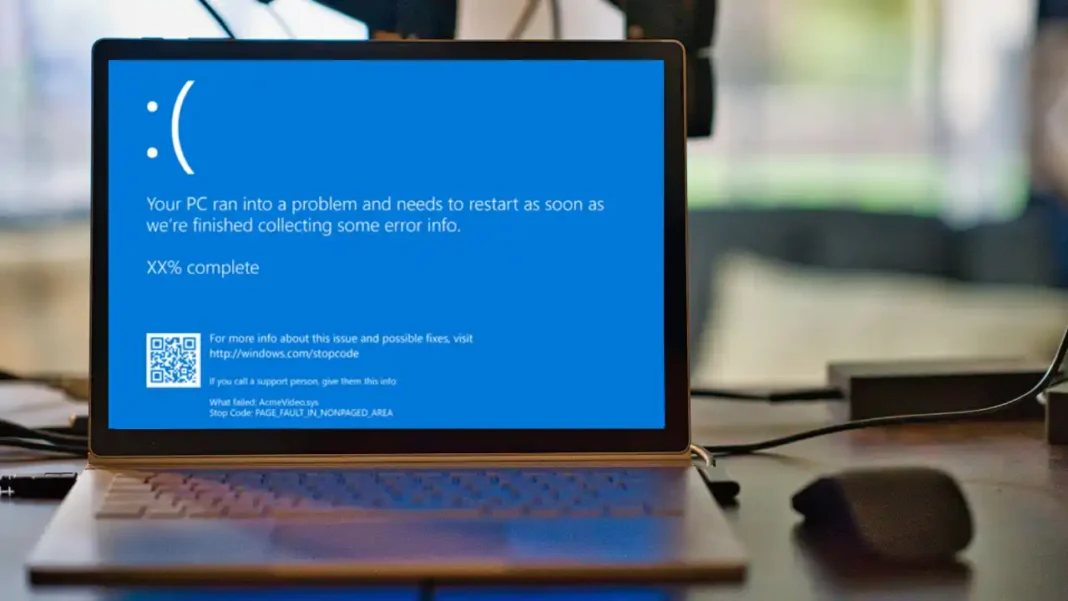For almost 40 years, Windows users have feared the same thing, the Blue Screen of Death, or BSOD. A pop-up of the blue screen almost means your computer is about to crash. But now, Microsoft is finally saying goodbye to it.
The change comes after major system failures in 2024, like the CrowdStrike bug, which caused millions of computers to crash. To avoid future problems, Microsoft wants third-party apps, especially antivirus software, to run more safely, so they can’t affect the whole system if they fail.
What’s replacing it?
With the next big update, Windows 11 version 24H2, the blue screen is being replaced with a new black screen. This is part of Microsoft’s plan to make computers stronger and easier to fix when something goes wrong. It’s called the Windows Resiliency Initiative.
According to Techweez, the black screen will look cleaner and simpler. The sad face emoji and QR code are gone. Now, when a system error happens, you’ll just see a short message, the error code, and the file or program that caused the crash.
A bit of history
The Blue Screen of Death first showed up back in the 1980s with early Windows versions. By the time Windows 95 arrived, the blue screen had become widely known. People gave it its nickname because it usually meant your computer hit a serious problem and had to restart. Sometimes, files were lost. Other times, the message made no sense. Tech workers everywhere knew the BSOD all too well, as detailed by Digital Trends.
Over time, the blue screen became more than just a computer error. It showed up in public places like airports, on big screens during tech events, and even became a joke online. People made memes, posters, and T-shirts featuring the dreaded blue screen.
Mixed feelings from users
A report by CBC News stated that some users are happy to see the blue screen go, calling it stressful and outdated. But others feel a bit nostalgic. After all, many people grew up seeing that screen and learning how to fix their computers because of it.
A smoother future for everyone
For tech professionals, this update is welcome news. IT teams will have better tools to understand system crashes and fix computers faster. That means less downtime, quicker recovery, and happier users.
The new black screen also fits Microsoft’s fresh design style, calm, clear, and modern. It makes errors feel less scary and helps users get back to work faster.
This change shows how far Windows has come. The old blue screen may be gone, but the memory of it will stick around for many users who spent years working with Windows..




